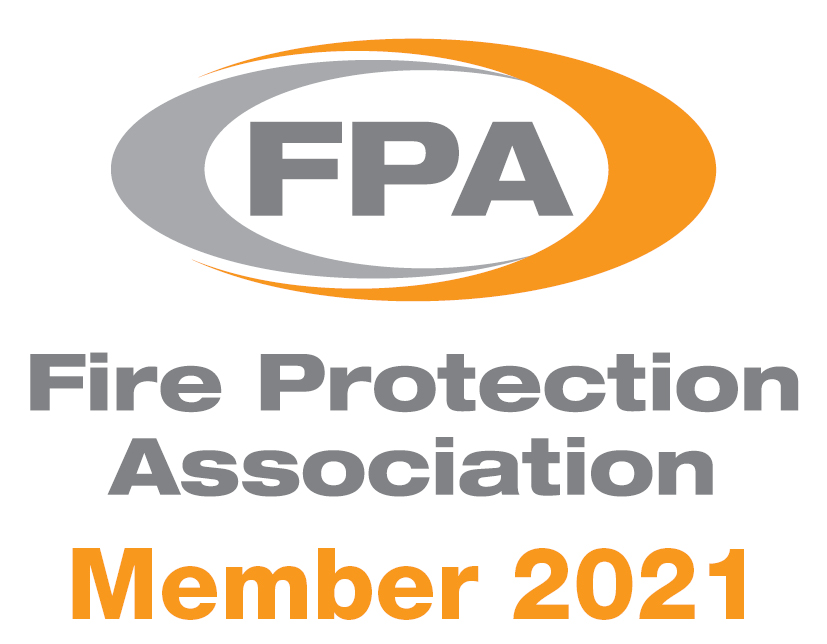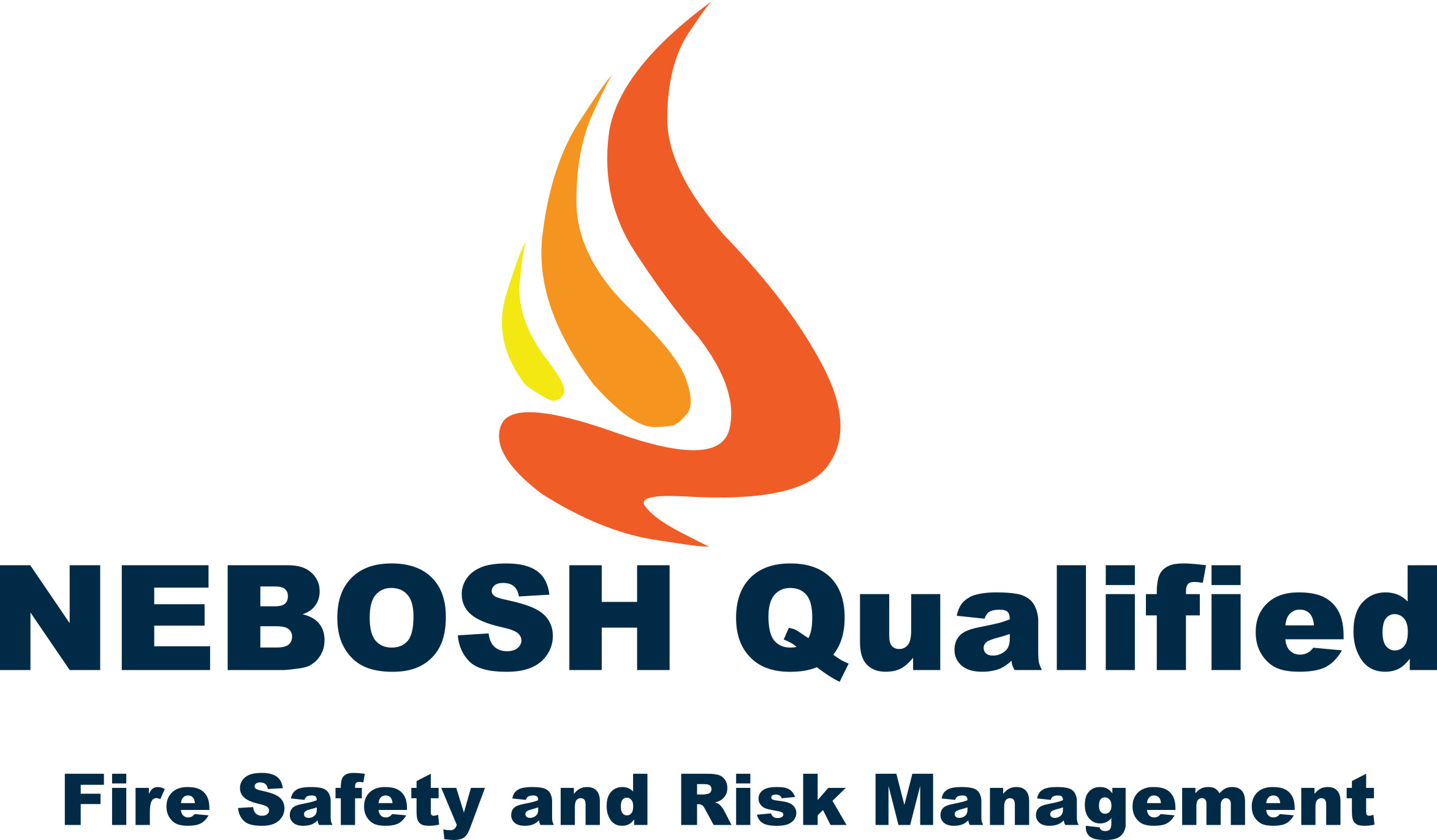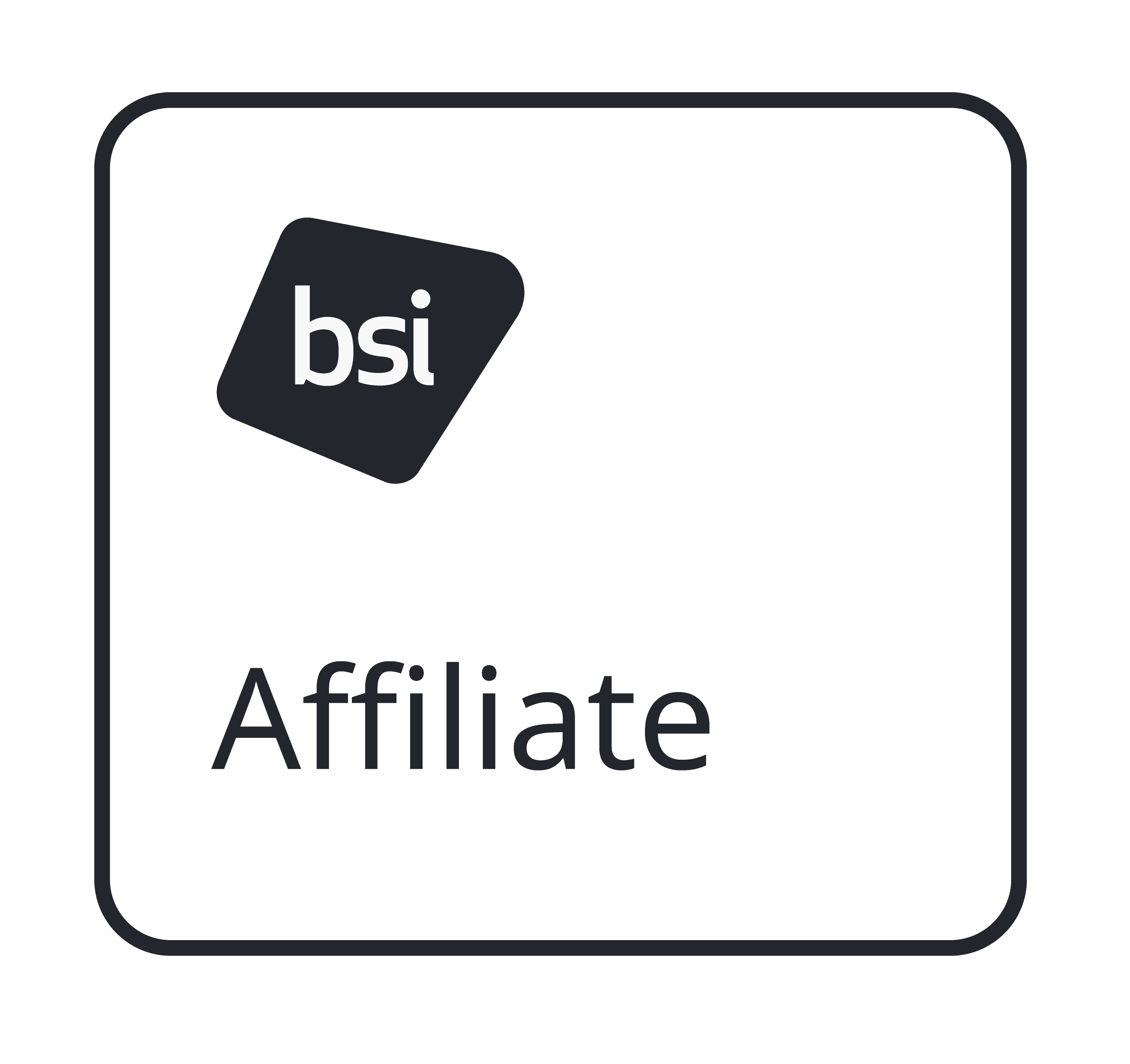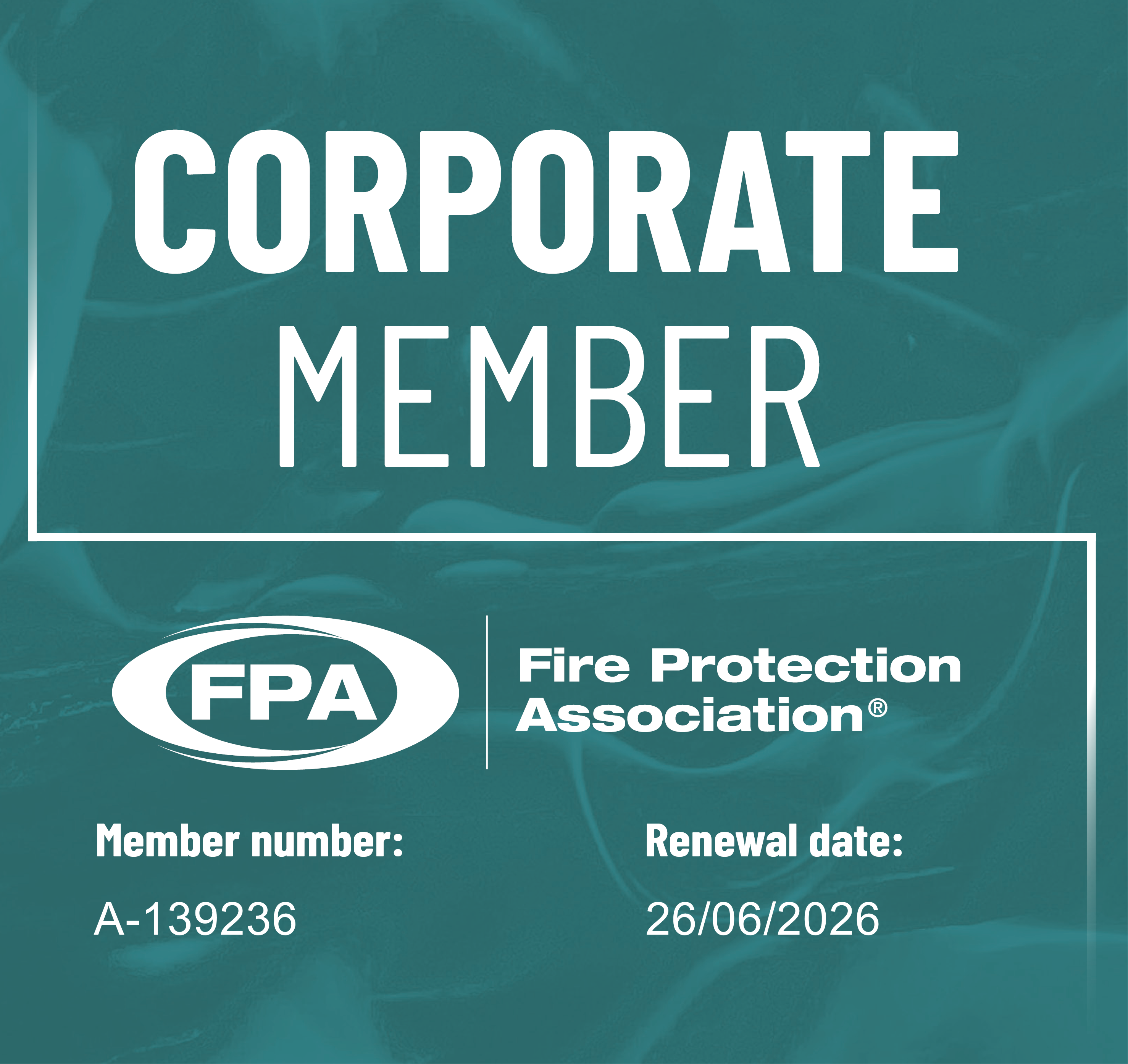
Ensure Compliance with the Fire Regulations
Online Quotation
Located Solihull, Birmingham Area.
Main areas covered include - Coventry, Stoke, Nottingham, Leicester, Stafford, Shrewsbury, Telford, Milton Keynes, Oxford, Luton, Uxbridge, Hemel Hempstead, Banbury. Gloucester, Wolverhampton, Worcester, Northampton, Derby, Hereford
See Genuine Valid Google Customer Reviews Below
HMO Fire Risk Assessment From £145.00
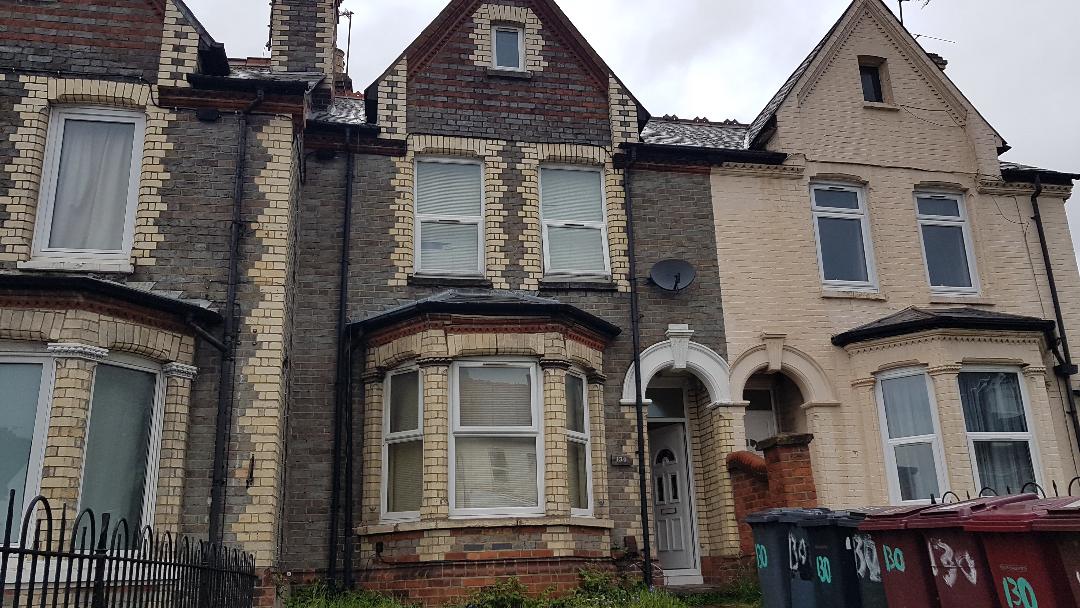
Knowing the HMO fire risk assessment regulations (house in multiple occupation) is essential whether you are thinking of buying an HMO, or refurbishing a property and converting it into an HMO. The type of fire alarm system required will depend on the size and type of HMO. This can vary from linked detectors to a requirement for comprehensive system with a fire alarm panel. Ensuring you install the correct system is essential not only for the HMO fire risk assessment but for the fire safety of the residents but also you meet the the criteria for the licensing requirements. Other important issues to address within the Fire Safety Risk Assessment is emergency lighting, fire doors, means of escape, electrical testing, compartmentation etc.
We are experienced, qualified NEBOSH Accredited Fire Risk Assessors and can provide professional Fire Risk Assessments to ensure compliance with the enforcing authorities. Cost from £145* for multiple properties. For immediate quote or free advice tel 0800 772 0123 or complete the form below for an online quotation
HMO Fire Risk Assessment Guidance
National guidance on HMO fire risk assessments within residential accommodation was launched by LACORS on 23rd July 2008.LACORS (Local Authority Co-ordinators of Regulatory Service) is an organisation that advises local authorities on best practice in enforcing regulations. Although the LACORS national guidance is not law, its recommended standards have nevertheless, been adopted widely by the enforcing local authorities and fire authorities. The LACORS guidance adopts a risk-based approach to fire safety and compliance with the guidance normally satisfies the legal requirements of both the Housing Act and the Regulatory Reform (Fire Safety) Order 2005.
Definition of Shared House HMO and Bedsit HMO
Under previous legislation the difference was important because a shared house could be regarded as falling outside the legal definition of an HMO and thus the laws relating to HMOs could not be enforced.
With the introduction of the Housing Act 2004 this has changed and now the definition of an HMO depends on a number of factors. However, in nearly all cases, if there are three or more unrelated tenants living in a house then the house will fall within the definition of a House in Multiple Occupation. There are some differences between accommodation termed as “bedsits” and accommodation described as a “shared house”. There are aspects of living in a shared house which may reduce the risk of fire and therefore the necessary HMO fire safety precautions can be reduced to some extent.
The working guidance given in LACORS is that for an HMO to be regarded as a shared house, it should:
• be rented by an identifiable group of sharers, such as students, work colleagues or friends, as joint tenants. This means that they will generally commence their occupation at roughly the same time and be jointly and severally liable for paying the rent and complying with tenancy conditions
*each occupant will have a designated study/bedroom but will share the kitchen, bathroom, living and dining rooms and
*all other parts of the house. Each tenant will have a right of access to all parts of the house, including others’ study/bedrooms. The above are the main criteria for a HMO to be regarded as a shared house.
For Free Guidance and Advice Tel 0800 772 0123
HMO Fire Risk Assessment - Safety Alarm Systems for Bedsit HMO.
Below are recommendations for Bedsit HMO fire safety and other types of rented property. Requirements may vary dependent on the HMO Fire Risk Assessment which will consider the risk level of the property and residents. See below details explaining the various levels of detection and grades of fire alarm system. Note - The latest revision BS5839-6-2019 has updated the previously defined six system grades, removing grade B and grade E, whilst grade D and grade F are now split into grade D1/D2 and grade F1/F2 respectively.
LD1 - The highest level of protection of all occupants who might occupy the dwelling over the lifetime of the fire detection and fire alarm system. A system installed throughout the premises, incorporating detectors in all circulation areas that form part of the escape routes from the premises, and in all rooms and areas, other than those with negligible sources of ignition, such as toilets, bathrooms and shower rooms.
LD2 - Covers all circulation spaces that form part of escape routes plus all rooms and areas that present a high fire risk to occupants plus high risk rooms.
Grade A System - Fire alarm system with detectors and a central control panel. Usually with call-points (break glass units) near exits and on each landing.
Grade D System - System of (usually interlinked) mains-powered smoke or heat alarms with backup batteries. The interlink can be achieved with cable or radio-interlink. In low risk properties the mains power supply for smoke alarms might be replaced with a requirement for ten year sealed battery supply (usually combined with radio-interlink)
Bedsit HMO of up to two storeys (shared cooking facilities)
Grade D: LD2 coverage PLUS additional detection to the kitchen (heat detection), lounge, escape routes, bedrooms and any cellar containing a risk (interlinked).
Bedsit HMO of three or four storeys (shared cooking facilities)
Grade A: LD2 coverage PLUS additional detection to the kitchen (heat detection), lounge, escape routes, and any cellar containing a risk (interlinked). Smoke detection within the bedrooms.
Bedsit HMO of one or two storeys with individual cooking facilities within bedsits.
A mixed system:
• Grade D: LD2 coverage in the common areas and heat detectors in bedsits (interlinked).
• Grade D smoke alarm in each bedsit to protect the sleeping occupants (non-interlinked)
Bedsit HMO of three to six storeys with individual cooking facilities within bedsits
A mixed system:
• Grade A: LD2 coverage in the common areas and heat detectors in bedsits (interlinked)
• Grade D smoke alarm in each bedsit to protect the sleeping occupants (non-interlinked)
Two-storey house converted to self-contained flats (prior to Building Regulations 1991,approved document B standard)
A mixed system:
• Grade D: LD2 coverage in the common areas and a heat detector in each flat in the room/lobby opening onto the escape route (interlinked)
• Grade D: LD2 coverage in each flat (non-interlinked) smoke alarm in the room/lobby opening onto the escape route) to protect the sleeping occupants
Three- to six-storey house converted to self contained flats (prior to Building Regulations 1991, approved document B standard)
• Grade A: LD2 coverage in the common areas and a heat detector in each flat in the room/lobby opening onto the escape route (interlinked)
• Grade D: LD2 coverage in each flat (non-interlinked) smoke alarm in the room/lobby opening onto the escape route) to protect the sleeping occupants,
HMO Fire Risk Assessment - Fire Doors and Emergency Lighting
Subject to a HMO fire safety risk assessment emergency lighting should not be necessary within two storey properties, provided that the escape route is not long or complex and there is effective artificial or borrowed lighting. Where emergency lighting is considered to be necessary, it should be provided in accordance with the current BS 5266 Part 1 (or equivalent) to cover the protected escape route.
Fire Doors - FD30s doors with closers would generally be required within a bedsit HMO. These would be located on the bedrooms and kitchen and any high risk room leading onto the main escape route.
HMO Fire Risk Assessment Quotation - Complete the form below or tel 0800 772 0123
